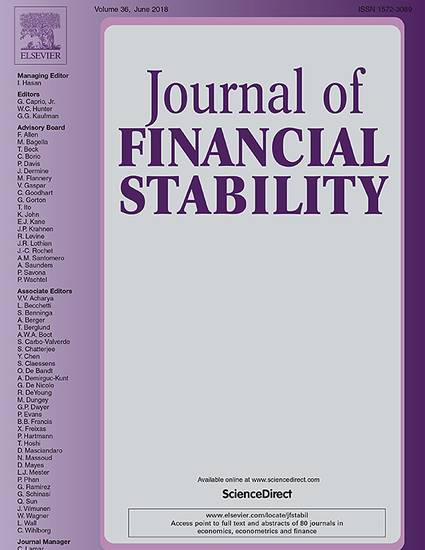
Article
The Evolution of the Federal Reserve's Term Auction Facility and FDIC-Insured Bank Utilization
Journal of Financial Stability
(2017)
Abstract
The Term Auction Facility (TAF) was designed by the Federal Reserve during the financial crisis to inject emergency short-term funds into banks, as a supplement to the lender of last resort discount window offerings. We describe how the Federal Reserve altered the design of the Term Auction Facility (TAF) over the course of the financial crisis and examine the utilization of this stand-alone facility. Most specifically we detail the impact of the greatly increased offering amounts in all auctions after October 2008, which resulted in the facility no longer auctioning scarcely available funds. We also document significantly different usage of the facility by FDIC-insured community and non-community banks, consistent with the notion of a two-tiered banking system in the U.S. Community banks were far less likely to use the facility than larger, non-community banks.
Keywords
- Federal Reserve,
- term auction facility,
- community bank,
- financial crisis,
- commercial banks
Disciplines
Publication Date
August, 2017
DOI
10.1016/j.jfs.2017.07.005
Citation Information
Kyle D. Allen, Scott E. Hein and Matthew D. Whitledge. "The Evolution of the Federal Reserve's Term Auction Facility and FDIC-Insured Bank Utilization" Journal of Financial Stability Vol. 31 (2017) p. 154 - 166 ISSN: 1572-3089 Available at: http://works.bepress.com/kyle-allen/3/
